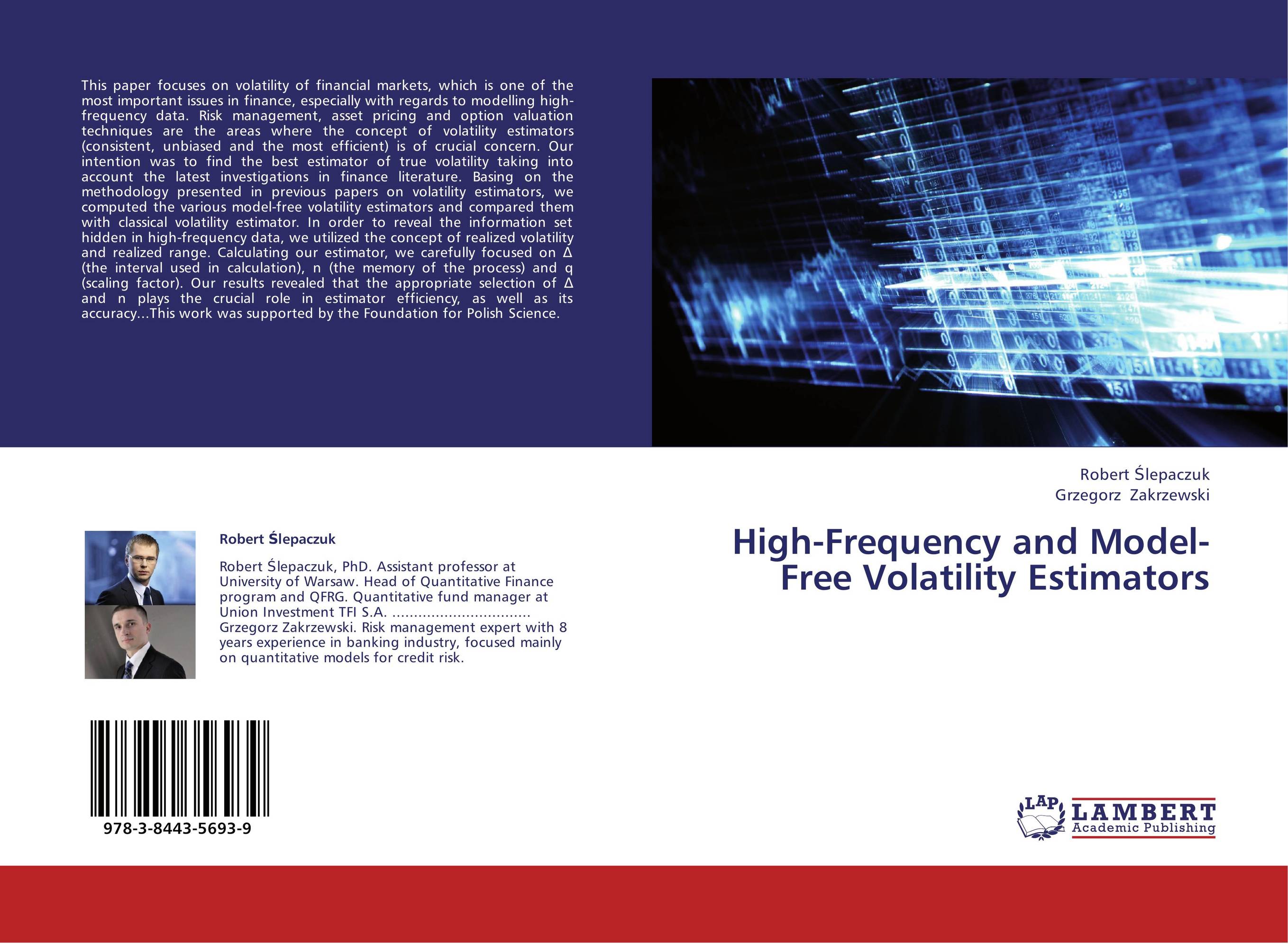| Поиск по каталогу |
|
(строгое соответствие)
|
- Профессиональная
- Научно-популярная
- Художественная
- Публицистика
- Детская
- Искусство
- Хобби, семья, дом
- Спорт
- Путеводители
- Блокноты, тетради, открытки
High-Frequency and Model-Free Volatility Estimators.

В наличии
| Местонахождение: Алматы | Состояние экземпляра: новый |

Бумажная
версия
версия
Автор: Robert ?lepaczuk and Grzegorz Zakrzewski
ISBN: 9783844356939
Год издания: 2013
Формат книги: 60×90/16 (145×215 мм)
Количество страниц: 60
Издательство: LAP LAMBERT Academic Publishing
Цена: 29790 тг
Положить в корзину
| Способы доставки в город Алматы * комплектация (срок до отгрузки) не более 2 рабочих дней |
| Самовывоз из города Алматы (пункты самовывоза партнёра CDEK) |
| Курьерская доставка CDEK из города Москва |
| Доставка Почтой России из города Москва |
Аннотация: This paper focuses on volatility of financial markets, which is one of the most important issues in finance, especially with regards to modelling high-frequency data. Risk management, asset pricing and option valuation techniques are the areas where the concept of volatility estimators (consistent, unbiased and the most efficient) is of crucial concern. Our intention was to find the best estimator of true volatility taking into account the latest investigations in finance literature. Basing on the methodology presented in previous papers on volatility estimators, we computed the various model-free volatility estimators and compared them with classical volatility estimator. In order to reveal the information set hidden in high-frequency data, we utilized the concept of realized volatility and realized range. Calculating our estimator, we carefully focused on ? (the interval used in calculation), n (the memory of the process) and q (scaling factor). Our results revealed that the appropriate selection of ? and n plays the crucial role in estimator efficiency, as well as its accuracy...This work was supported by the Foundation for Polish Science.
Ключевые слова: Emerging Markets, Volatility Forecasting, financial market volatility, high-frequency financial data, realized volatility and correlation, microstructure bias, the opening jump effect, the bid-ask bounce, autocovariance bias, daily patterns of volatility



